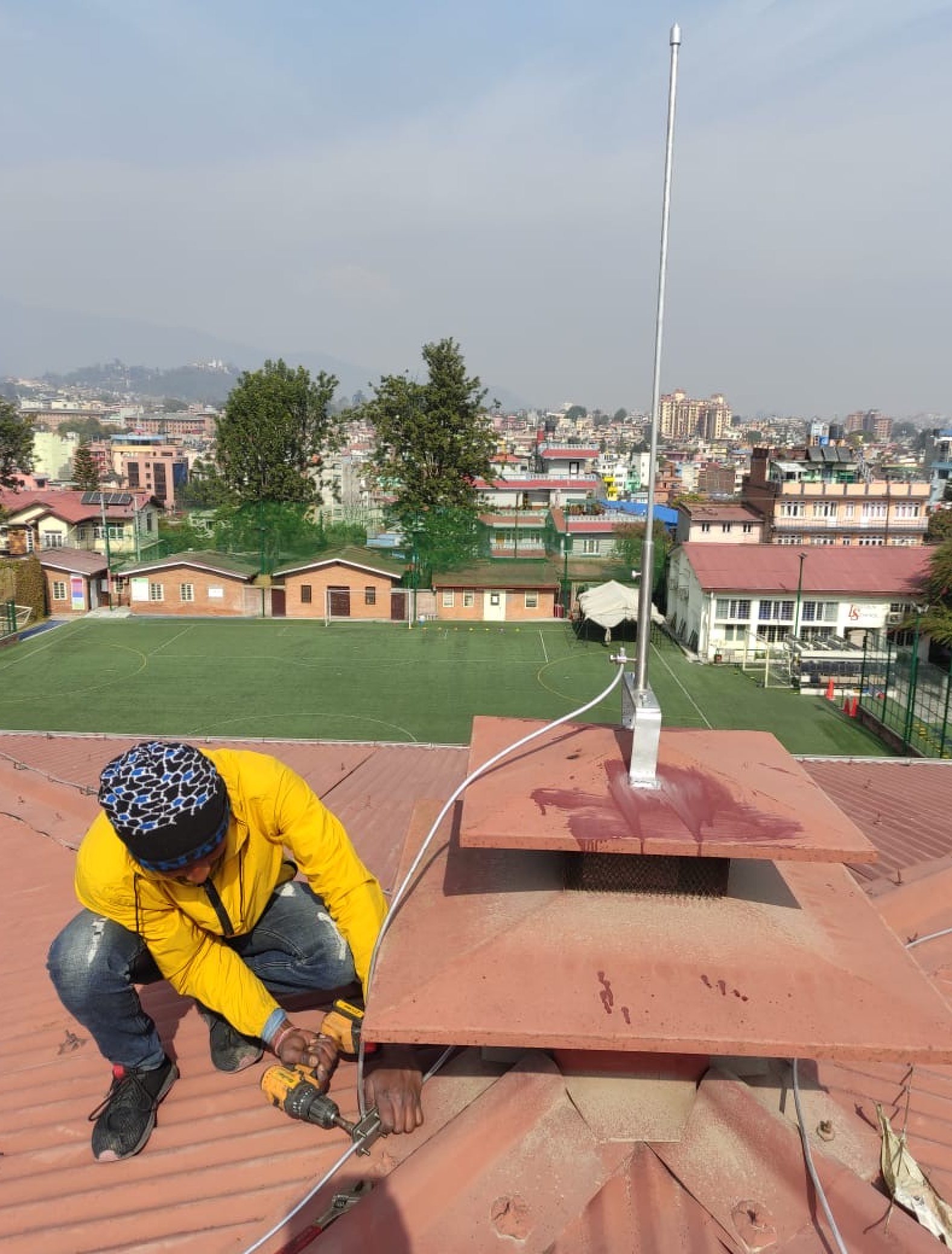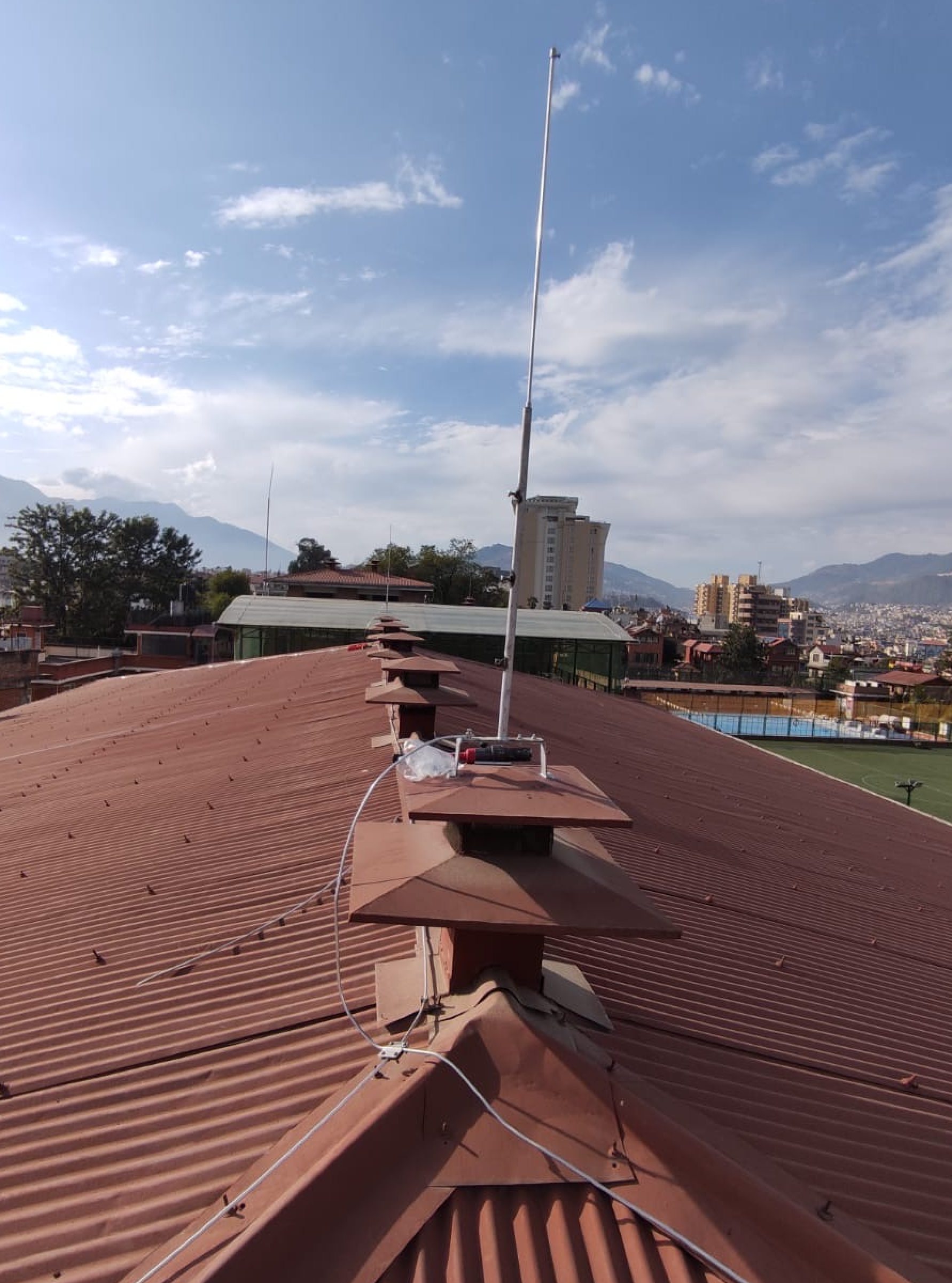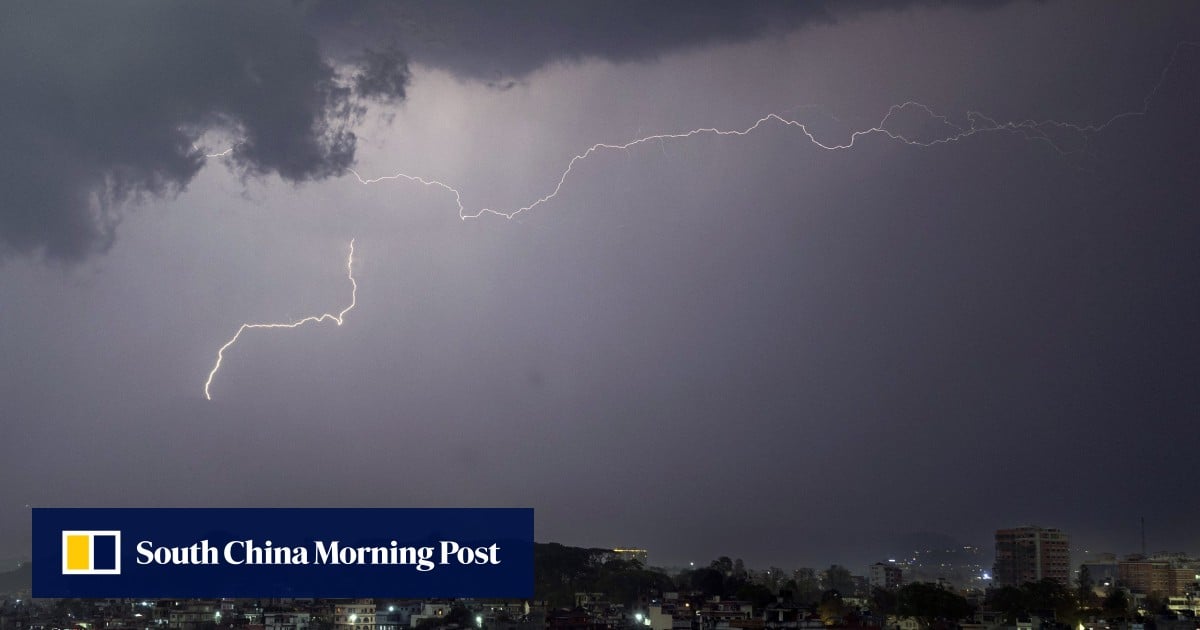“We didn’t know the reality of lightning in Nepal until recently,” Shri Ram Sharma, lightning expert and physics professor at Kathmandu-based Amrit Science Campus, told This Week in Asia. “We didn’t have any data to know where the risk-prone areas were or to support disaster risk reduction plans. It was an ignored topic.”
To plug the gap, Sharma and his colleagues published a comprehensive study in the Geomatics, Natural Hazards and Risk open access journal in 2021 after analysing lightning occurrences and fatalities between 2011 and 2020. The paper found that Nepal reported more than 1 million lightning strikes from 2016 to 2020, with March to August being the most active months due to cloud build-up.
“Lightning occurrence and fatalities are most frequent in districts along the southern border, and least in the northern high-elevation districts,” the study said. “Lightning occurrence and fatalities are concentrated in the pre-monsoon and monsoon months … the maximum lightning activity takes place during the months of April, May and June.”
So far this year, there have been 45 reported incidents of thunderbolts striking the earth’s surface, resulting in at least seven deaths and 49 injuries, according to the disaster risk reduction portal. Earlier this month, a woman and a man in two separate villages of Parbat district in central Nepal died of a lightning strike while at home, while a 12-year-old girl was killed in midwestern Nepal’s Dailekh district, local media reported.
Though Nepal’s southern plains sees more reports of lightning occurrences, Sharma’s study found that the casualties were higher in the mid-hill areas in the central part of the country.
“Lightning starts after 2pm and peaks between 4pm and 6pm in mid-hill areas, and that’s the time when people are out in the farms or herding cattle,” he said. “This leads to higher deaths than in the southern plains, where lightning usually starts in the evening and peaks around midnight when people are indoors.”

Many researchers have noted that lightning disproportionally kills the poor, with a 2016 study finding that such causalities in lower-income countries “often involve people working outside during manual labour-intensive agriculture”. In 2020, a single incident of a lightning strike killed 500 sheep while they were grazing in western Nepal, contributing to the death of a total of 3,300 livestock due to lightning over the past years. Over that time frame, lightning strikes have been the second most common weather-related cause of death for farm animals, only behind fires. These incidents have had devastating impacts on people’s livelihoods.
Sharma said a lack of safe shelters, coupled with inadequate protection in many traditional Nepali mud-brick homes, contributed to the number of fatalities in both people and livestock.
Globally, an estimated 24,000 people are killed in lightning strikes annually, though the numbers are higher in low-income countries.
The United States reported 13 lightning-related fatalities last year – the second lowest ever recorded – while the United Nations estimates thunderbolts now kill more than 300 people annually in Bangladesh, compared with a few dozen deaths in the 1950s. The UN report last year said the rise in carbon emissions and average global temperature was increasing the frequency and intensity of powerful storms in northern Bangladesh and Nepal.

A 2014 study in the journal Science concluded that every 1 degree Celsius rise in temperatures would raise the number of lightning strikes by 12 per cent.
According to Sharma, meteorological modelling and specialised instruments such as field mill sensors help in forecasting lightnings accurately, though Nepal does not have the technology for lightning early warning systems.
In 2017, Nepal’s Department of Hydrology and Meteorology installed nine lightning detection stations in various airports to accurately forecast storms. However, they were moved to nearby areas after detecting interference from the airport’s radio frequency and showing erroneous readings, and have been inactive since 2022.
“We moved the hardware but haven’t been able to fix the software,” Indira Kandel, senior divisional meteorologist, told This Week in Asia. “We haven’t been able to identify the error as well.”
There have been limited discussions about installing an early warning system for lightning, but the meteorology department plans to strengthen the existing forecasting system to alert the public and reactivate the lightning detection network.

There have also been initiatives to set up lightning-related disaster preparedness instruments. A few villages in thunderbolt-prone Dhading district, more than 100km away from the capital Kathmandu, have installed lightning arresters – a long rod installed on top of buildings that protects them from voltage surges during lightning – at some schools and hospitals.
Dhurva Adhikari, principal of Neelkantha Secondary School in Dhading, told This Week in Asia that the device would help keep students safe during lightning, which had hit and damaged a few nearby schools in recent years. He added that one of his friends was killed by lightning in another village in Dhading.
“We are trying to raise awareness about lightning,” he said. “This technology will at least help minimise the risks.”
Currently, the government produced public service announcements on lightning safety that are aired and shared through various media and social channels.
But Sharma warned that the lack of scientific knowledge and failure to comply with standards – including some installations in Dhading – could lead to increased risks from lightning. He said such set-ups should adhere to the standards set by the International Electrotechnical Commission, which are often not met in Nepal.
“Arresters are helpful, but it isn’t enough to protect people,” he said. “You need to have substantial buildings and safe shelters to save people from lightning. We have policies for building standards to protect from earthquakes, but now it’s time to have similar standards for lightning, too.”


